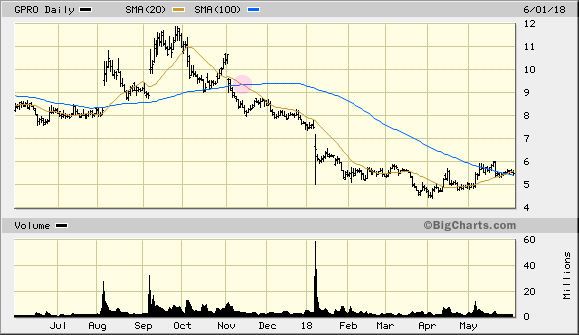If you’ve done research into self-hosted cloud storage, there are two main contenders that typically pop up: Nextcloud and ownCloud. So which one’s right for you? What’s the real difference between the two? Let’s find out.
For the impatient among you, I’m going to get right to the point. Nextcloud is the superior option in nearly every case. Why? I guess you’ll have to keep reading.
The story began long ago (2010), in a far away land (Germany). Frank Karlitschek, a KDE developer, started working on ownCloud. He envisioned an alternative to DropBox, one more focused on privacy. In his blog, he argued “Privacy is the foundation of democracy.” In 2011, ownCloud Inc. was born in conjunction with the original software release. The company went on to raise 6.3 million USD in 2014 as it started to target more lucrative enterprise clients. The future looked bright for the young startup, but just two years later, things got messy.
On April 27, 2016 Frank Karlitschek left ownCloud. A few short days later, he founded Nextcloud, a direct rival. Karlitschek stayed pretty tight-lipped about the whole situation, but actions speak very loudly here. Leaving the company you co-founded and days later creating a competitor is a bold move indeed.
Investors agreed. Behind the scenes, ownCloud was on the verge of sealing a major deal. Karlitschek, along with several other core members, abandoning ship to form Nextcloud, was more than enough to send investors reeling. And the final nail in the coffin? Nextcloud decided to offer free support for any users migrating from ownCloud.
Just days later, ownCloud (the US company) shut its doors for the last time. So why the debate? OwnCloud is dead, right? Well… not quite. Like a good zombie, it won’t go down easy. While US based ownCloud Inc. had all its credit revoked, the parent German company, ownCloud GmbH, carries on to this day.
Karlitschek has never discussed the exact reasons leading up to his departure, though in the blog post announcing his resignation, he states, “…the company could have done a better job recognizing the achievements of the community. It sometimes has a tendency to control the work too closely and discuss things internally.” Most speculate ownCloud’s lack of interest in the outside development community ultimately lead to Karlitchek’s decision.
Today, OwnCloud continues to focus on its enterprise business, having a number of features available only to paying customers. In contrast, Nextcloud focuses heavily on security features: brute force protection, 2FA, video verification, and more. Nextcloud also remains 100% open source. This means all its features are included standard — enterprise customers just pay for support.
Enough history, let’s get on with the feature list.
| Feature |
NextCloud |
ownCloud |
| Open source |
✓ |
Mostly |
| Unlimited storage |
✓ |
✓ |
| Self-hosted |
✓ |
✓ |
| Mobile app support |
✓ |
✓ |
| Automatic media upload |
✓ |
✓ |
| Integration with Outlook |
✓ |
Premium only |
| Text search |
✓ |
✓ |
| Version control |
✓ |
✓ |
| Calendar, contacts, etc |
✓ |
x |
| Notifications |
✓ |
x |
| Server-side encryption |
✓ |
✓ |
| Client-side encryption |
Yes, but buggy |
x |
| Access controls |
Great |
Good |
Normally, I would jump right into the feature comparison, but I felt in this unique case, the history should play a role in the decision. Which software do you use? Let me know in the comments.
